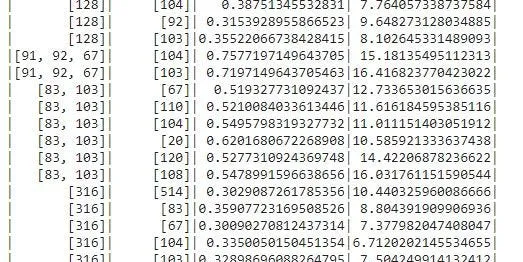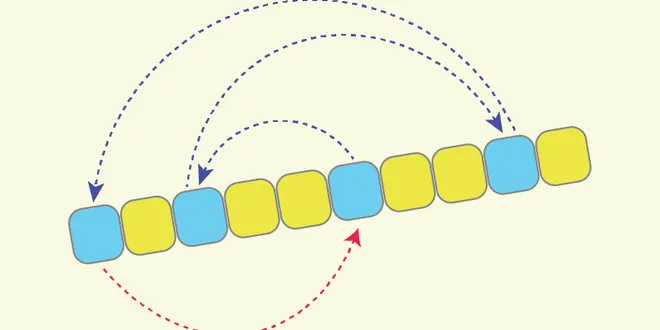FP growth algorithm
The FP Growth algorithm is an advanced method for frequent pattern mining, primarily used in association rule mining. It serves as an improvement over the traditional Apriori algorithm, addressing its inefficiencies, particularly in handling large datasets. By utilizing a tree structure known as the FP-tree, the algorithm compresses the itemset database, allowing for faster data traversal and reduced computational costs. The FP Growth algorithm scans the database only twice, making it significantly more efficient than Apriori, which requires multiple scans. This efficiency makes it a popular choice for applications such as market basket analysis and recommendation systems.

The FP Growth algorithm
Using the FP Growth algorithm in Python to do frequent itemset mining for basket analysis with a worked example on a shopping transactions data set.
📚 Read more at Towards Data Science🔎 Find similar documents

Understand and Build FP-Growth Algorithm in Python
FP-growth is an improved version of the Apriori Algorithm which is widely used for frequent pattern mining(AKA Association Rule Mining). It is used as an analytical process that finds frequent…
📚 Read more at Towards Data Science🔎 Find similar documents

FP Growth: Frequent Pattern Generation in Data Mining with Python Implementation
We have introduced the Apriori Algorithm and pointed out its major disadvantages in the previous post. In this article, an advanced method called the FP Growth algorithm will be revealed. We will…
📚 Read more at Towards Data Science🔎 Find similar documents

How to Find Closed and Maximal Frequent Itemsets from FP-Growth
In the last article, I have discussed in detail what is FP-growth, and how does it work to find frequent itemsets. Also, I demonstrated the python implementation from scratch. In this article, I…
📚 Read more at Towards Data Science🔎 Find similar documents

The simplest explanation to Frequent Pattern-Growth Methodology (FP-Growth)
Frequent Pattern Mining refers to the process of finding patterns that co-occur in transactional data. One of the most prominent applications is in market basket analysis. Retailers find items that…
📚 Read more at Towards Data Science🔎 Find similar documents

A Gentle Introduction to the BFGS Optimization Algorithm
Last Updated on October 12, 2021 The Broyden, Fletcher, Goldfarb, and Shanno, or BFGS Algorithm, is a local search optimization algorithm. It is a type of second-order optimization algorithm, meaning ...
📚 Read more at Machine Learning Mastery🔎 Find similar documents

Market Basket Analysis using PySpark’s FPGrowth
Do you want to learn how to analyze your customer market baskets regarding frequently bought together items? Look no further, if you are willing to work with PySpark’s FPGrowth. First of all, let us…
📚 Read more at Towards Data Science🔎 Find similar documents

Cyclic Partition: An Up to 1.5x Faster Partitioning Algorithm
A sequence partitioning algorithm that does minimal rearrangements of values 1\. Introduction Sequence partitioning is a basic and frequently used algorithm in computer programming. Given a sequence ...
📚 Read more at Towards Data Science🔎 Find similar documents

